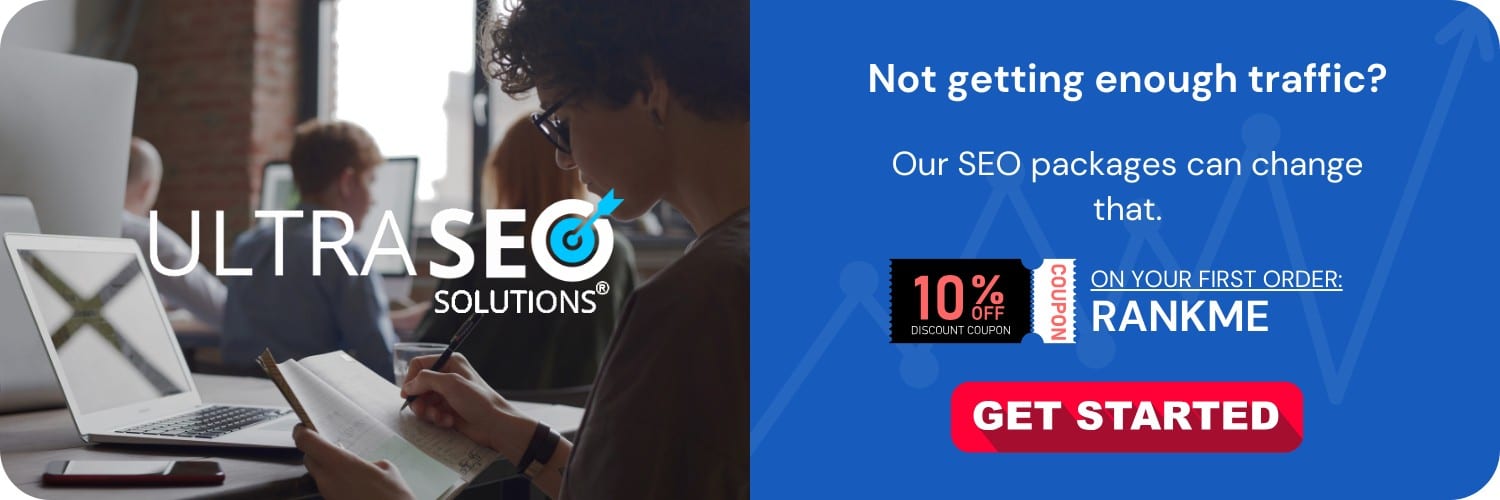
Optimizing your website for Google’s Multitask Unified Model (MUM) hinges on understanding and catering to the core objective of MUM, which is to provide rich, nuanced answers across languages and formats. Focus on producing comprehensive, high-quality content; ensure your website is technically sound, accessible, and user-friendly; and embrace a more nuanced keyword strategy that takes into account semantic search and user intent.
Understanding Google’s Multitask Unified Model (MUM)
Before diving into optimization strategies, it’s crucial to grasp what MUM is and why it’s essential. Google introduced the Multitask Unified Model as a significant leap forward in understanding the nuances and complexities of user queries. MUM is an AI milestone in search that is poised to interpret and process information much like humans do—across languages, formats, and contexts to deliver more insightful search results.
MUM aims to make searching more seamless, especially for complex tasks that would typically require multiple queries. As an example of MUM’s capabilities, imagine a user planning a hiking trip to Mount Fuji. MUM would not only understand the query but also provide comprehensive answers that encompass the weather, the necessary gear, nearby accommodations, and more, without the user having to perform multiple searches.
Producing High-Quality, Comprehensive Content
Focusing on E-A-T Principles
With MUM in mind, your content should align with the E-A-T principles, which stand for Expertise, Authoritativeness, and Trustworthiness. Here’s how to approach each:
– Expertise: Ensure your content is crafted by knowledgeable individuals or leverage expert opinions.
– Authoritativeness: Gain recognition in your field through backlinks, mentions, and authoritative resources.
– Trustworthiness: Secure your website with HTTPS and provide accurate, factual content with transparent authorship.
Answering Complex Queries with In-Depth Resources
MUM is designed to handle multifaceted questions. Therefore, create resources that answer such queries comprehensively. This could involve deep dives into topics with long-form content, FAQs, or multimedia elements that provide a 360-degree view of the subject matter.
Technical Optimization for MUM
Making Your Website Accessible and Performant
Your website’s technical health is foundational for optimization. Ensure it’s mobile-friendly, loads quickly, and offers an intuitive interface. Use tools like Google PageSpeed Insights to identify and fix performance issues.
Structured Data and Schema Markup
Structured data is more crucial than ever with MUM. Implement schema markup to help Google understand the context and relationships between different types of information—be it articles, FAQs, events, or products.
User Experience (UX) and Design
Intuitive Navigation and Content Discoverability
Design your website so that information is easy to find and navigate. A logical site structure supports MUM’s goal to answer complex queries by making relevant information readily accessible.
Cross-Language Accessibility
With MUM being adept at cross-language understanding, consider multilingual SEO and content accessibility for non-English speakers, if applicable to your audience.
Keyword Strategy for MUM Optimization
Focus on Semantics and Intent
Keywords are no longer just about exact matches. With MUM, semantics and user intent play significant roles. Research not just keywords, but the intent behind those searches. Supplement with LSI (Latent Semantic Indexing) keywords.
Topic Clusters Model
Adopt a topic cluster model by creating content hubs that cover a broader topic in-depth, linking to and from subtopics with detailed articles.
Integration of Multimedia Content
Leveraging Multimedia for Comprehensive Answers
MUM can understand and incorporate insights from text, images, and potentially videos. Integrate various media types in your content strategy to provide richer, more engaging resources.
Optimizing for Visual and Video Searches
Optimize images and videos with descriptive alt text, file names, and captions. For videos, consider adding transcripts to make your content indexable and accessible to MUM.
Understanding and Adapting to User Behavior
Users’ habits are changing, and their searches are becoming more complex. Keep abreast of these changes by regularly conducting user behavior analyses, leveraging tools such as Google Analytics.
Establishing Authority in Your Domain
MUM favors authoritative sources, so strive to become a leading voice in your field. Publish original research, gain backlinks from respected sites, and engage with your community on social and professional networks.
Embracing Continuous Learning and Adaptation
Since MUM and the SEO landscape rapidly evolve, it’s essential to stay informed about the latest updates and best practices. Participate in SEO forums, follow influencers, and attend webinars and conferences related to search engine technology.
Finishing Thoughts
Optimizing for Google’s Multitask Unified Model requires a holistic approach. Producing quality, comprehensive content aligned with E-A-T, maintaining a technically sound and accessible website, and focusing on a nuanced keyword strategy are foundational elements. Additionally, a strong UX design, multimedia integration, understanding user behavior, establishing domain authority, and a commitment to continuous learning are crucial to success in a MUM-optimized SEO strategy. As Google continues to refine its search algorithms, staying adaptable and informed will ensure your website not only meets but exceeds the expectations of both users and search engines alike.
Remember, SEO isn’t just about bots and algorithms—it’s ultimately about delivering what your user needs. If you keep that at the forefront of your optimization efforts, your website will begin to align more closely with the sophisticated capabilities of MUM.
Frequently Asked Questions
What is Google’s Multitask Unified Model (MUM)?
Google’s Multitask Unified Model (MUM) is an artificial intelligence algorithm designed to improve search results by understanding and generating language more like a human does. MUM is capable of multitasking to simultaneously understand information from different sources, including text, images, and more, to provide more comprehensive answers to complex queries.
Why is it important to optimize my website for MUM?
Optimizing for MUM is essential because it represents an advancement in how Google understands and processes information. By aligning your website with MUM’s capabilities, you increase the chances that your content will be deemed relevant and useful by Google, potentially improving your visibility in search results.
How can I ensure my website’s content is ready for MUM?
To make your website’s content ready for MUM, focus on creating comprehensive, high-quality content that answers complex questions and provides in-depth information. Utilize structured data to help MUM understand the context and content on your pages. Also, consider including various formats such as text, images, and videos that MUM can analyze collectively.
What role does user intent play in optimizing for MUM?
User intent is crucial when optimizing for MUM because MUM aims to understand the underlying intention behind search queries. Therefore, ensure your content addresses the different aspects of user intent – informational, navigational, transactional, and commercial investigation – providing clear, relevant, and useful information for each possible intent related to your topics.
Should I include multimedia content on my website for MUM optimization?
Yes, since MUM can analyze and understand multimedia content, including images, audio, and video, it’s beneficial to incorporate such content appropriately on your website. This will not only make your page more engaging for users but also provide more context for MUM to interpret the content, potentially leading to better search performance.
How can structured data be used to optimize for MUM?
Structured data helps search engines understand the content and meaning behind individual web pages. By using structured data, you can provide explicit clues about the meaning of a page to Google’s MUM. This could be in the form of Schema.org markup, which annotates elements on your site for better clarity, aiding in the content’s interpretation and indexation.
Does the readability of my website’s content affect its optimization for MUM?
Readability is indeed a factor because MUM seeks to improve the user experience by providing content that is easy to understand. By writing clear and concise content, using headings and bullet points for better structure, and avoiding jargon when unnecessary, you can improve the readability of your site for both users and MUM.
Is it important to consider international audiences when optimizing for MUM?
Considering international audiences can be beneficial, as MUM has the ability to understand and process content in multiple languages. If you have a diverse audience, providing translated content or content relevant to different regions can help MUM grasp the full scope of your website’s intent and deliver it to a broader audience.
How frequently should I update my website’s content for the best optimization for MUM?
While there is no set rule for content update frequency, it’s generally a good idea to keep your content fresh and up to date. With MUM’s focus on comprehensive answers, regularly updating your content ensures that it remains relevant and thorough, which could positively influence its performance in search results.
What is the role of E-A-T in optimizing my website for MUM?
Expertise, Authoritativeness, and Trustworthiness (E-A-T) are quality criteria that Google uses to evaluate content, and these factors are likely to have a strong influence on MUM as well. Ensure your content is written by qualified individuals, backed by reliable data, and comes from a credible source to meet the E-A-T guidelines, which can improve your chances of being favored by MUM.






